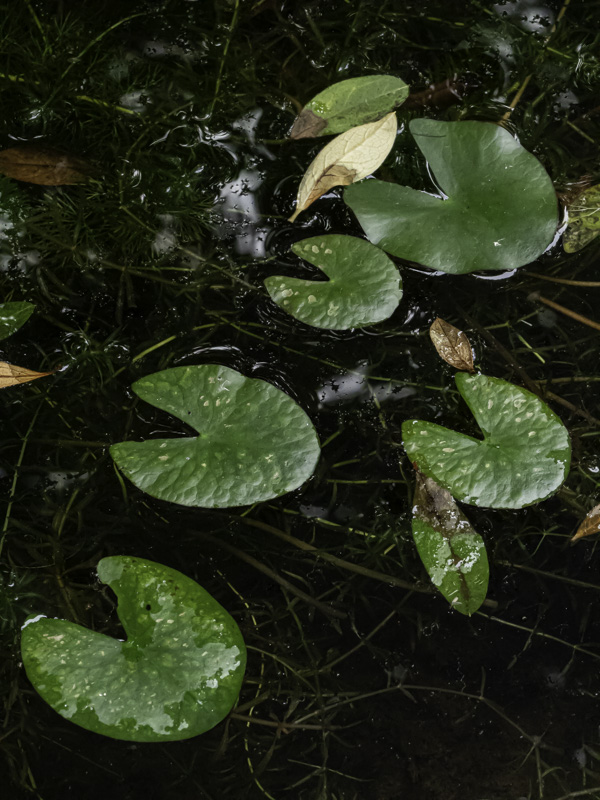Every Picture Is a Compromise
Lessons from the Also-rans
Most photography websites show the photographer's very best work. Wonderful. But that's not the full story of a creative life. If we want to learn, we'd better pay attention to the images that aren't "greatest hits" and see what lessons they have to offer. Every picture is a compromise — the sum of its parts, optical, technical, visual, emotional, and even cosmic – well, maybe not cosmic, but sometimes spiritual. Success on all fronts is rare. It's ok to learn from those that are not our best.
This is a series about my also-rans, some of which I've been able to improve at bit (i.e., "best effort"), none of which I would consider my best. With each there are lessons worth sharing, so I will.
Original digital captureWhat I saw that I liked:You will need to look at these larger to see the issue. What I don't like in the picture:The one above was shot at f/8. Is that enough depth of field? Probably not, so I shot a backup at f/16 — the image at left. The one above is soft in the corners and the one at left has diffraction everywhere and is still a tad soft in the corners. Damn. What I learned:I shoot at this angle a lot — camera pointed down at a 45° angle or so. I want both near and far to be sharp — tack sharp. I keep thinking stopping down will get me the depth of field I want, and this strategy fails more often than it succeeds. It failed in these two examples. I wonder if they make a lens for my camera that goes to f/64? The answer is focus stacking. The answer is focus stacking. Damn it, Brooks, THE ANSWER IS FOCUS STACKING. I know this, but I keep trying to do it in a single shot like I did all those years with my view camera. LET GO, Brooks, and embrace the new! FOCUS STACKING IS THE ANSWER. 2nd Chances: What I might try nextThis issue comes up so oftern, I decided to look for an answer that was easy and foolproof. I found it. In my camera's instruction manual. (Ahem.) The G9 (and I suspect lots of other cameras) has a built-in focus stacking function called FOCUS BRACKETING. It works. It's simple and allows me to shoot at f/2.8 or 4 (the sharpest apertures) and then combine the RAW files in Photoshop. The only caveat is that it works best when the subject is relatively still, but for these types of botanical that's not a problem. If I can find the time, I'll do a LensWork Creative Lab on this topic. |


